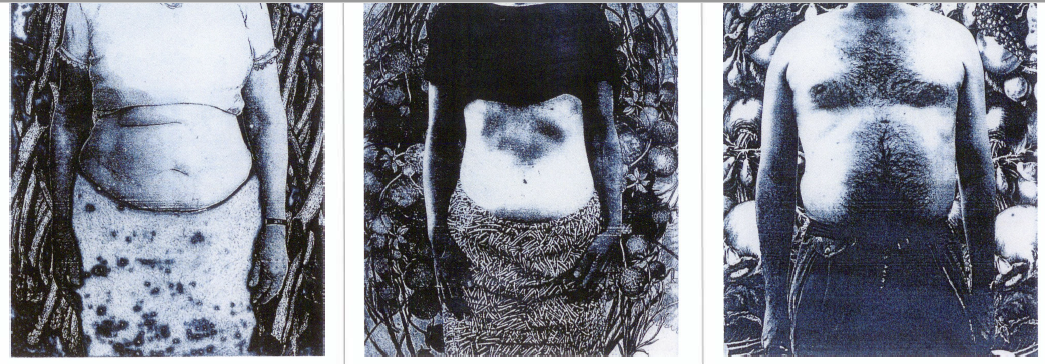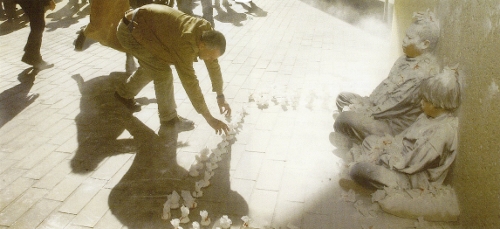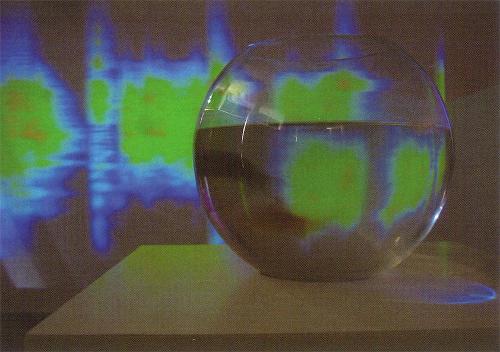
The scent of grass characterises Adelaide - the cut grass of freshly mown playing fields watered green by bore water, the dusty faintness of drying grasses that rises in summer from the parklands surrounding the city, then too there is marijuana.
Like the nation's capital Canberra where seasonal events such as the flight of the Bogong moths and the raucous sulphur-crested cockatoos splitting pine cones with abandon mean that nature, which looks in at every window, is an inescapable part of the city so in Adelaide such cycles and events belonging to the land make it impossible though you are in a city to feel totally urbanized. And this is a good thing and looking better and better. Clean and green with wide streets, open spaces, the best markets and food, city amenities without pollution – Adelaide is a natured and cultured city still growing into its potential.
Since it was laid out by William Light in 1837 the desire to plan in order to improve things makes South Australia distinctive. Adelaide is currently in renewal mode, responding to the ideas and ideals of the Labour government of Mike Rann. Thinkers in Residence are one new feature of renewing Adelaide – urban ecologist Herbert Girardet, urban renewal expert Charles Landry, scientists Peter Cullen and Maire Smith, game developers Blast Theory, all have or will have an effect on a place open to change and embracing its potential. The creator of the Festival of Ideas Greg Mackie is now the CEO of the Department for the Arts in SA and his sense of long-term vision and authenticity bodes well for the future.
The issues faced by artists in Adelaide are the same as those all over the world. The Adelaide and Beyond issue of Artlink looks at the responsibility of artists to think global and act local, to recognise their unique situation as well as their interconnectedness with the rest of the world. Adelaide and Beyond incorporates some of the far corners of South Australia as well as the world.
Robert Cook’s introduction to the distinguished art critic Dave Hickey who comes here from Las Vegas to Artists’ Week emphasizes that our engagement with art is a dialogue with ourselves. The currency of art in examining history as well as daily life is further emphasised in the inclusion of Sophie Forbat’s article on the work of the Chapman Brothers. As the world gets smaller and we become more connected to each other so global conversations cross boundaries while embracing the specificity of place with renewed attention.
The image on our cover, a work by Adelaide born and trained Kristian Burford is currently on show at the Tate Liverpool as part of an exhibition called The Uncanny curated by US artist Mike Kelley. Burford’s journey to study in Los Angeles was made possible by the winning of a Samstag Scholarship. Samstag was an American millionaire and artist who lived in Adelaide from 1961-1972 and left an amazing bequest in his will.
The Samstag opportunity epitomises the links between Adelaide and the rest of the world. Using new technologies increases transportability and interconnectedness yet Burford’s art does not use new technologies but centres on the construction of adolescent figures modeled in clay, cast in fibreglass and placed in constructed interiors evoking complicated domestic histories. Clearly part of the recent history of figurative art by Robert Gober, Louis Bourgeois, Ron Muecke and the Chapman Brothers the work is contemporary but strongly linked to tradition, new but old. To some degree it may be the interiority of Barbara Hanrahan’s weird Adelaide that lurks in Burford’s tumbled fabrics and embodied desires but it is also the ability to excel, to achieve at the furthest limit.












